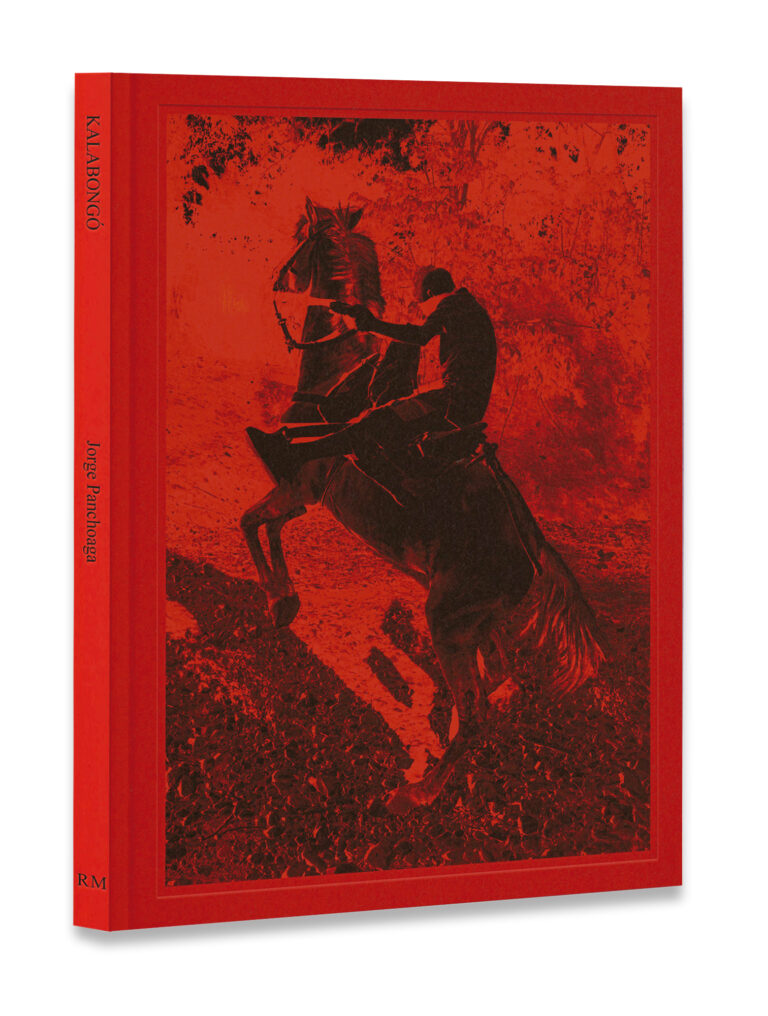Jorge Panchoaga is a Colombian photographer known for his visual narrative that captures the cultural richness and history of Colombia.
His work reflects his commitment to his country’s identity and has gained national and international recognition.
“Kalabongó” offers a captivating glimpse into the rich culture and historical significance of an African American enslaved community on the Colombian coast, which played a pivotal role in the historic 1605 treaty with the Spanish Crown.
All the images are nocturnal because, in the words of the author, “the night is an accomplice of the light of freedom”. They were taken in San Basilio de Palenque, a town which was once pivotal in the struggle for freedom, and which now is largely obscured and unacknowledged.
Panchoaga, reveals a profound and moving story with graphic language that is both striking and visual. On a night in 1599, thirty people, women and enslaved men, fled from the houses that made up the walled city of Cartagena de Indias in their search for autonomy, territory, and freedom.
People still remember that the maroons “flew” over the land in times of struggle, confronting Spanish troops and defending the fugitive settlers, who for years inhabited mobile hamlets. In 1605, after confrontations with the Crown, they were granted a year of peace, a treaty considered the first of its kind in what is now Colombia.
The struggles waged by the maroons and that year of peace were the seed and the roots of what is now San Basilio de Palenque. Kalabongó (fireflies in the Palenquero language) travel through some of the stories of the oral history of both the distant and recent past in a narrative that mixes the everyday with the historical. The stories of the villagers, as well as the images that make up “Kalabongó”, remind us that the night is “the accomplice of the light of freedom”.

